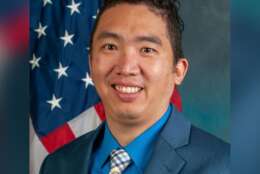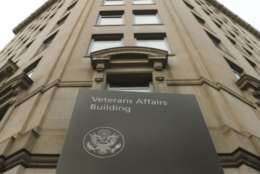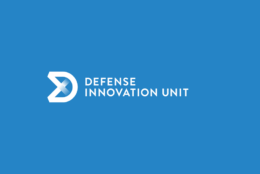Cloud Computing
-
The Defense Information Systems Agency annual forecast to industry day highlighted several upcoming contract opportunities, but more importantly laid out the path the agency is heading for the next year.
November 02, 2021 -
Tim Jones, regional vice president of Systems Engineering, Public Sector, at ForeScout Technologies, joined host John Gilroy on Federal Tech Talk to discuss the world of Operational Technology.
November 01, 2021 -
The National Institutes of Health recently added Microsoft Azure to their other two cloud providers: AWS and Google Cloud. Some call those providers, “the big three.” NIH calls it a “partnership.”
October 28, 2021 -
At GAO's Innovation Lab, which is designed to be a practioner of new computational capacity, identity verification is a major issue.
October 26, 2021 -
The Coalition for Government Procurement and CompTIA wrote separate letters to GSA asking for clarification and offering feedback on two issues related to cloud computing.
October 26, 2021 -
GSA's strategy creates vertical contract duplication, unnecessarily increasing bid and proposal, contract administration, and program management costs, says the Coalition for Government Procurement's Roger Waldron.
October 22, 2021 -
As choices are examined and strategies perfected about Cloud Migration in the greater National Capital Region, one of the many federal-government spaces where important decisions are being executed is within the office of the Army CIO.
October 21, 2021 -
At the Education Department, Chief Information Security Officer Steven Hernandez said people’s concept of identity will need to evolve.
October 19, 2021 -
Like with other agencies, the pandemic was a boon for advancing modernization, but as the second-largest tech enterprise in the government, the VA’s evolution is particularly striking.
October 18, 2021 -
Peter Chapman, CEO of IonQ joins host John Gilroy on this week's Federal Tech Talk to give an overview of quantum computing for federal information technology.
October 18, 2021 -
Rick Simon, the program manager for the Secure Cloud Management project and a contractor in the Defense Innovation Unit, said the office issued success memos to the three vendors who took part in the pilot program.
October 15, 2021 -
It is not a surprise that the pandemic sent much of the operations of the Defense Logistics Agency into the virtual realm, just like the majority of private businesses and public agencies that had the capability and type of work to do so.
October 14, 2021 -
Constant monitoring combined with a security approach designed in line with how the cloud operates can keep government data and systems safe from compromise.
October 14, 2021 -
Forthcoming strategy looks beyond IT modernization, takes multiyear approach to also reform IT policies and personnel practices.
October 14, 2021 -
Aaron Weis, the Department of Navy’s chief information officer, detailed several programs to move away from old technology and bring the service into a modern infrastructure.
October 13, 2021















